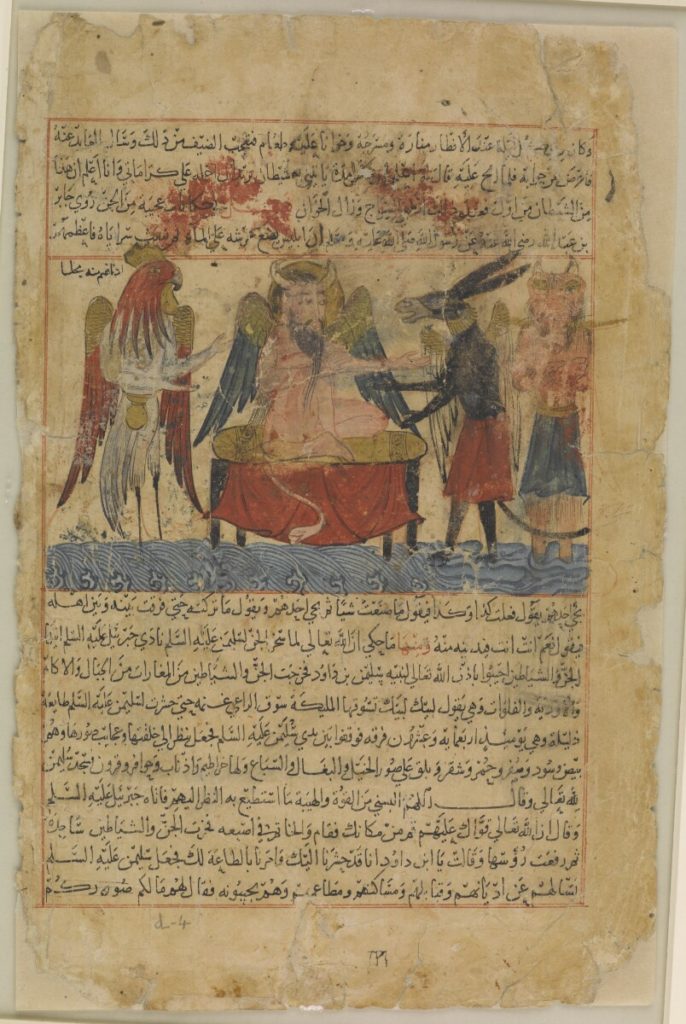The Sorcerer’s Handbook
The Sorcerer’s Handbook
Posted by Emily Selove
13 December 2023Asinine Symbology in Ancient and Medieval Magic
https://doi.org/10.1017/9781009076234
The 13th-century Arabic grimoire, al-Sakkākī’s Kitāb al-Shāmil (Book of the Complete), provides numerous methods of contacting jinn. The first such jinn described, Abū Isrā’īl Būzayn ibn Sulaymān, arrives with a donkey. In the course of offering an explanation for his ritual, this Element reveals the double-sided nature of asinine symbology, and explains why this animal has served as the companion of both demons and prophets. Focusing on two nodes of donkey symbology—the phallus and the bray-it reveals a coincidentia oppositorum in a deceptively humble and comic animal form. Thus, the donkey, bearer of a demonic voice, and of a phallus symbolic of base materiality, also represents transcendence of the material and protection from the demonic. In addition to Arabic literature and occult rituals, the Element refers to evidence from the ancient Near East, Egypt, and Greece, as well as to medieval Jewish and Christian texts.
